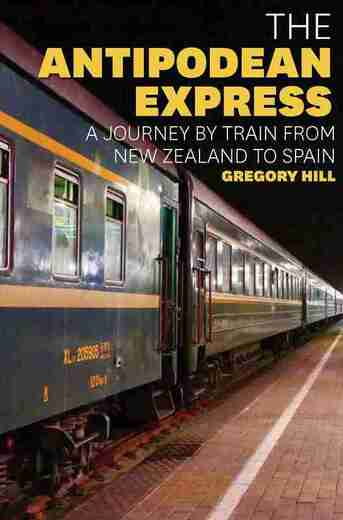
by Gregory Hill
This is the most interesting book I have read for a long time. It’s the story of two Kiwi musicians, Anne and Gregory, who found the exact latitude and longitude of their home in Wellington and then set out to journey to the corresponding latitude in Spain in the Northern Hemisphere.
Furthermore, they resolved to travel there by train. So from the Northerner in New Zealand, across Australia via the Ghan, then through SE Asia, to China, then connecting with Russia railway to Moscow and Western Europe, finally to Spain and their goal.
There are two features that make this book stand out. One is the incredibly detailed notes Gregory took, enabling him to recall almost every meal on the journey. Second is the superior quality of the paper used, which allows many full colour pictures, which I enjoyed immensely. The notes in particular must have taken hours at the end of what often must have been a very tiring day.
It is not a traditional travelogue, but is very easy reading and full of interest. Many details make fascinating reading; one in particular is how Anne (who is a violinist with NZSO), took a cut down neck of a violin, so she could practice her fingering. Another is the travel agent Monkey Business who arranged all their travel throughout China and Russa, and who always seemed to have a driver named Sasha.
The book is complete with numerous maps, and a good index.
The world has changed dramatically since Anne and Gregory made their trip, and it would probably be impossible now.
I can respect the work that must have gone into compiling the notes and index, and I am happy to recommend the book to any reader.
Author: Gregory Hill
Publisher: Exisle Publishing
ISBN: 9781921497155
RRP: $44.99
Available: bookshops
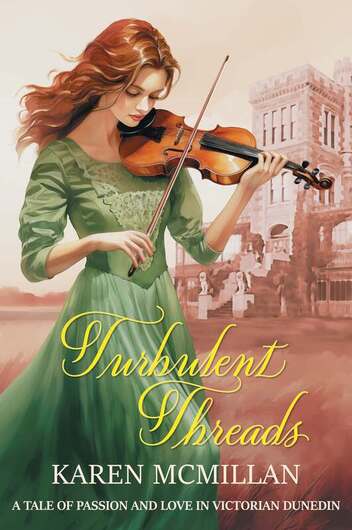
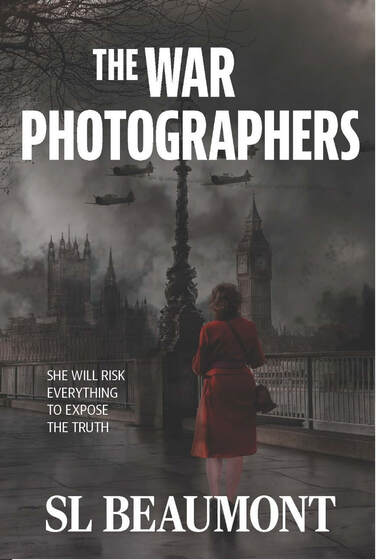
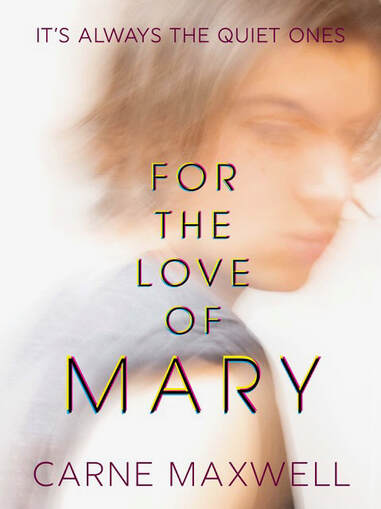
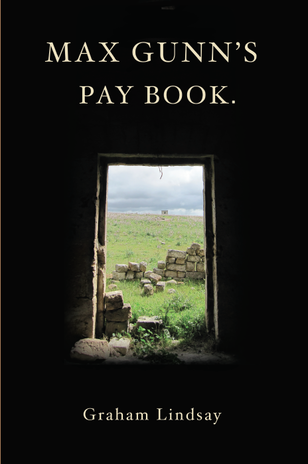
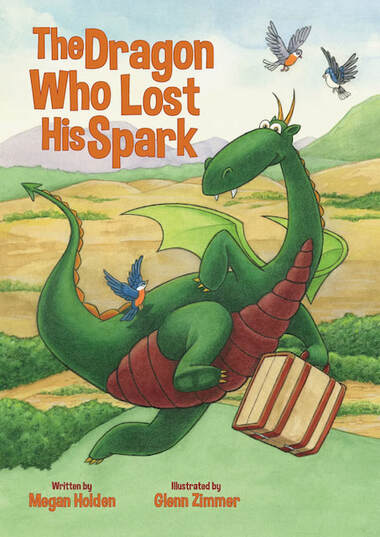
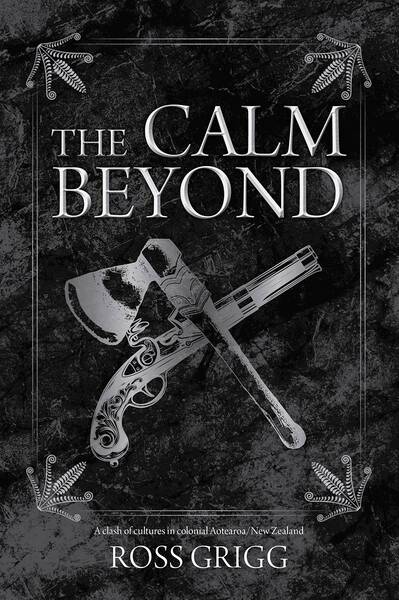
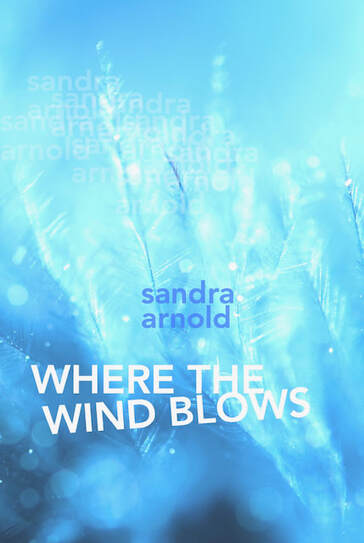

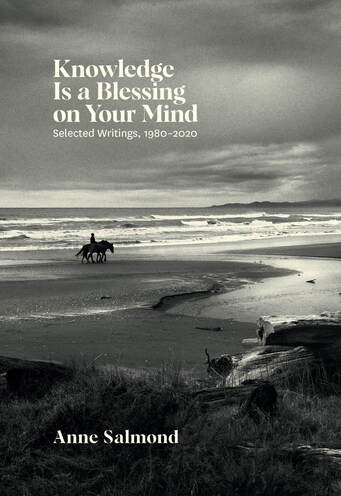
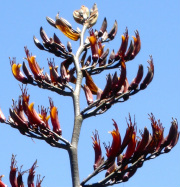
 RSS Feed
RSS Feed
